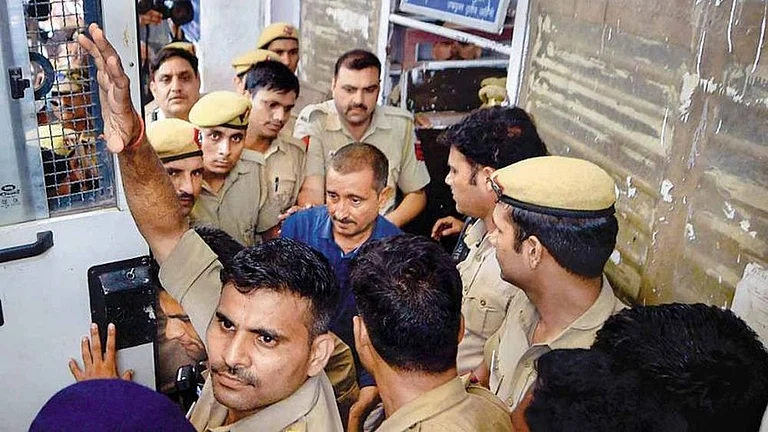Government expenditure in India follows a pattern so ancient (thank the British) and well-entrenched that only a radical systemic change can make a dent. Observe the budget-making process.
Ministries or departments - even states when they get their annual plans fixed - ask for not what they need but a 10 per cent or more hike on the past years outlay. They inflate demands because of the necessity for oneupmanship and the fear of a hard bargain. And they usually get it because, says Bibek Debroy, the finance ministry - which clears non-plan spending and where he was a consultant - and the Planning Commission - which clears plan outlays - lack the technical expertise to do so.
Once okayed, funds arent necessarily spent on what they were meant for. Says Debroy: "Ostensibly, there has been a Performance Budget since the 70s. But its hogwash since release of subsequent funds isnt linked to performance."
Also, expenditure approved for a project costing over Rs 1 crore is inflexible. For instance, if money is sanctioned to the ministry of non-conventional energy for wind power, it cant be used for solar power even if theres no project in the former area. So the money has to be returned unspent. But that will never do. For, one, the money can be withdrawn next year and two, lack of utilisation might give the feeling that the ministry doesnt work. So, the money is spent on something useless.
Next comes the Plan/non-Plan problem. If the plan approves money for setting up 10 primary schools in a district, its asset creation. Next year, their maintenance is non-plan and hackable. After five years (the length of a Plan), all expenditure on those automatically becomes non-Plan. Ever wondered why all that remain a few years after a primary school is built are four crumbling walls?


























